Vet Teams IRL: Noah Meyers, LVT
It’s a sunny afternoon in the city of Philadelphia and I have plans to meet up with a colleague for a happy hour beverage. On my walk over to the restaurant, fresh from a shift in anesthesia and still in my scrubs, I worry about what I am wearing and if there may be blood on my shoes. I stopped myself because I knew I was meeting with Noah Meyers, an LVT who is the clinical skills instructor for the Veterinary Technician program at Tidewater Community College in Norfolk, Virginia.
Another fun twist in this story is that this will be the first time we are meeting “IRL” (in real life). I have gotten to know so many fantastic vet med folks purely over social media and it’s nice to finally see people right in front of you. Over sangria, we discussed the state of vet tech education, utilization, and our hopes for the future.
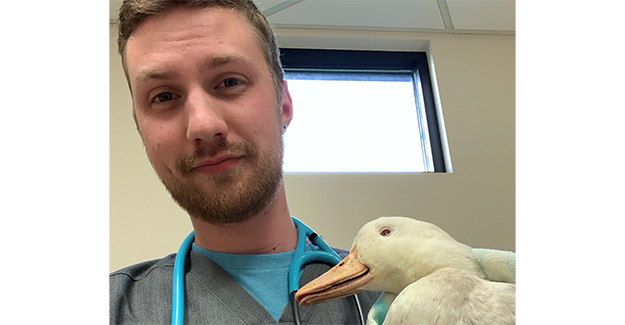
Tasha McNerney (TMc): You and I connected because we both love our vet tech careers and enjoy teaching. Can you tell me why it's so important for you to be involved in teaching the next generation of vet techs?
Noah Meyers (NM): Being involved in teaching the next generation of veterinary technicians is of paramount importance to me because it's not just about passing on knowledge, but about shaping the future of our profession. Credentialed veterinary technicians play a crucial role in animal healthcare, and I am deeply passionate about ensuring that the next generation is well-prepared and equipped with the skills and knowledge needed to excel in their careers. Teaching is my way of giving back and contributing to the growth and development of the veterinary community. I always tell people that I LOVE my job, and I truly mean it. Getting to share my knowledge and passions with students who are eager and ready to learn: It’s the best thing on earth!
TMc: Tell me about your own vet tech journey that brought you here. Did you have any mentors along the way?
NM: My journey into the field of veterinary medicine has been incredibly fulfilling and transformative. I initially became involved in wildlife rehabilitation at the age of 14 and eventually became a permitted wildlife rehabilitator for several years. While caring for sick and orphaned wildlife, I realized my desire to understand and contribute from a medical perspective to the health of the sick and orphaned animals that were in my care. My path led me to work with a local veterinary hospital, where I discovered the existence of credentialed veterinary technicians and knew that becoming an LVT was what I wanted to do. Pretty much as simple as that.
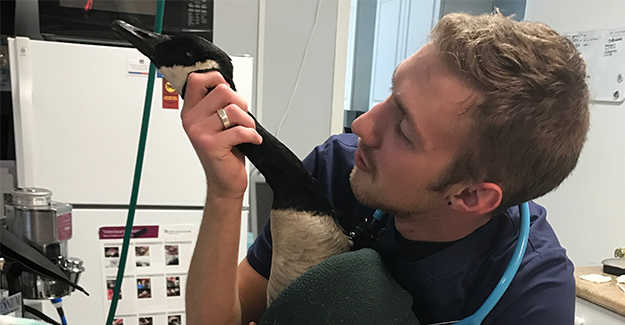
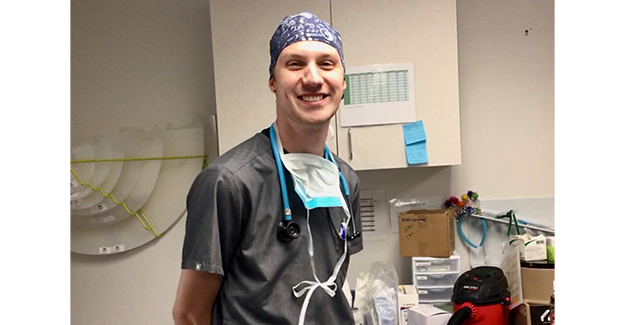
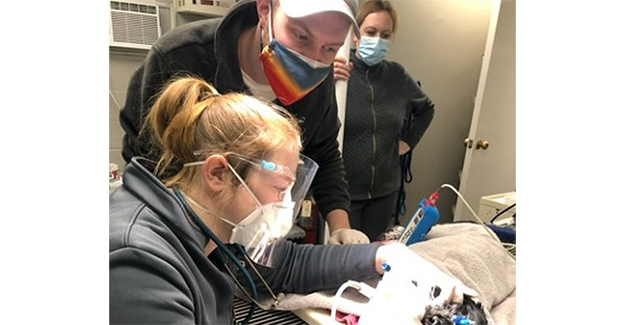
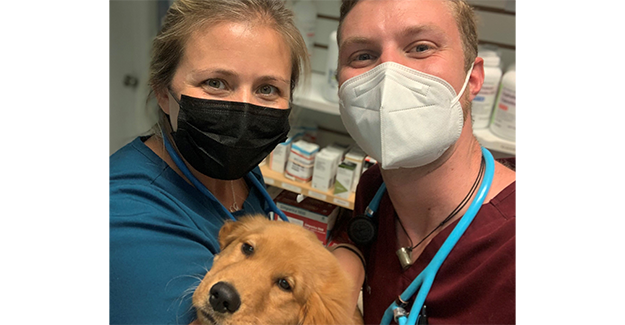
TMc: Obviously, you know I’m all about making anesthesia safer, and I believe that starts with education. You have a pretty innovative way of teaching anesthesia; can you tell us about it?
NM: Teaching anesthesia in an innovative manner has been a thrilling endeavor during my tenure at Tidewater Community College. As the clinical skills instructor for our Veterinary Technology Program, I have been tasked with creating and running hands-on clinical skill labs during our two-year program. Over the past eight to 12 months, I've dedicated my efforts to designing a fully immersive anesthetic experience for our students. This approach incorporates technology, simulation, and real-world cases to facilitate learning. By simulating various anesthesia scenarios in a mock surgical suite, students gain practical experience and confidence without putting real patients at risk. It's all about creating a safe learning environment that allows students to learn, make mistakes, try new things, and ultimately prepare for the challenges they will face in their careers.
TMc: We both know tech utilization is a hot topic right now, how do you teach your students to advocate for full utilization when they get out in practice?
NM: Promoting technician utilization is a significant and timely concern within the field of veterinary medicine, and I have made it a focal point in my teaching. I guide my students to advocate for the full utilization of their skills and knowledge within their practice settings. This advocacy encompasses several key aspects:
- Effective communication: I stress the importance of clear and open communication with the veterinary team. Students are encouraged to articulate their capabilities and contributions to the veterinarians they collaborate with, fostering collaborative and cohesive patient care.
- Proactive engagement: I urge my students to be proactive in offering their assistance when appropriate. Being proactive allows them to showcase their skills and readiness to contribute to the wellbeing of animals under their care.
- Staying current: In the ever-evolving landscape of veterinary medicine, I emphasize the significance of staying updated with the latest technologies, techniques, and industry standards. This commitment to continuous learning enables them to provide the best possible care for their patients. (Big shout out to Veterinary Anesthesia Nerd’s Facebook page and its moderators! I always rave about the page to my students.)
- Being the patient advocate: Above all, I underscore the importance of always prioritizing the advocacy of patient welfare, ensuring that the best interests of the animal under their care are at the forefront of their practice. This fundamental commitment to being the voice for the wellbeing and comfort of the patients is an integral part of their role as credentialed veterinary technicians.
TMc: Where do you see the future of the vet tech profession going? What hopes do you have for the future?
NM: The future of the veterinary technology profession holds tremendous potential. In the coming years, I hope to see greater recognition of our role in animal healthcare, more specialization opportunities, and ultimately, full title projection for all credentialed veterinary technicians in every state. I know, and I think a lot of people know this as well, that our profession will continue to evolve and grow; and as it does, our roles for caring for animals will expand.
For more on tech utilization, see the 2023 AAHA Technician Utilization Guidelines at aaha.org/technician-utilization.
Tasha McNerney BS, CVT, CVPP, VTS (Anesthesia and Analgesia) is a certified veterinary technician and certified veterinary pain practitioner who works closely with the IVAPM to educate the public about animal pain awareness. McNerney has authored numerous articles on anesthesia and analgesia topics for veterinary professionals and pet owners.
Photos courtesy of Noah Meyers
Disclaimer: The views expressed, and topics discussed, in any NEWStat column or article are intended to inform, educate, or entertain, and do not represent an official position by the American Animal Hospital Association (AAHA) or its Board of Directors.



